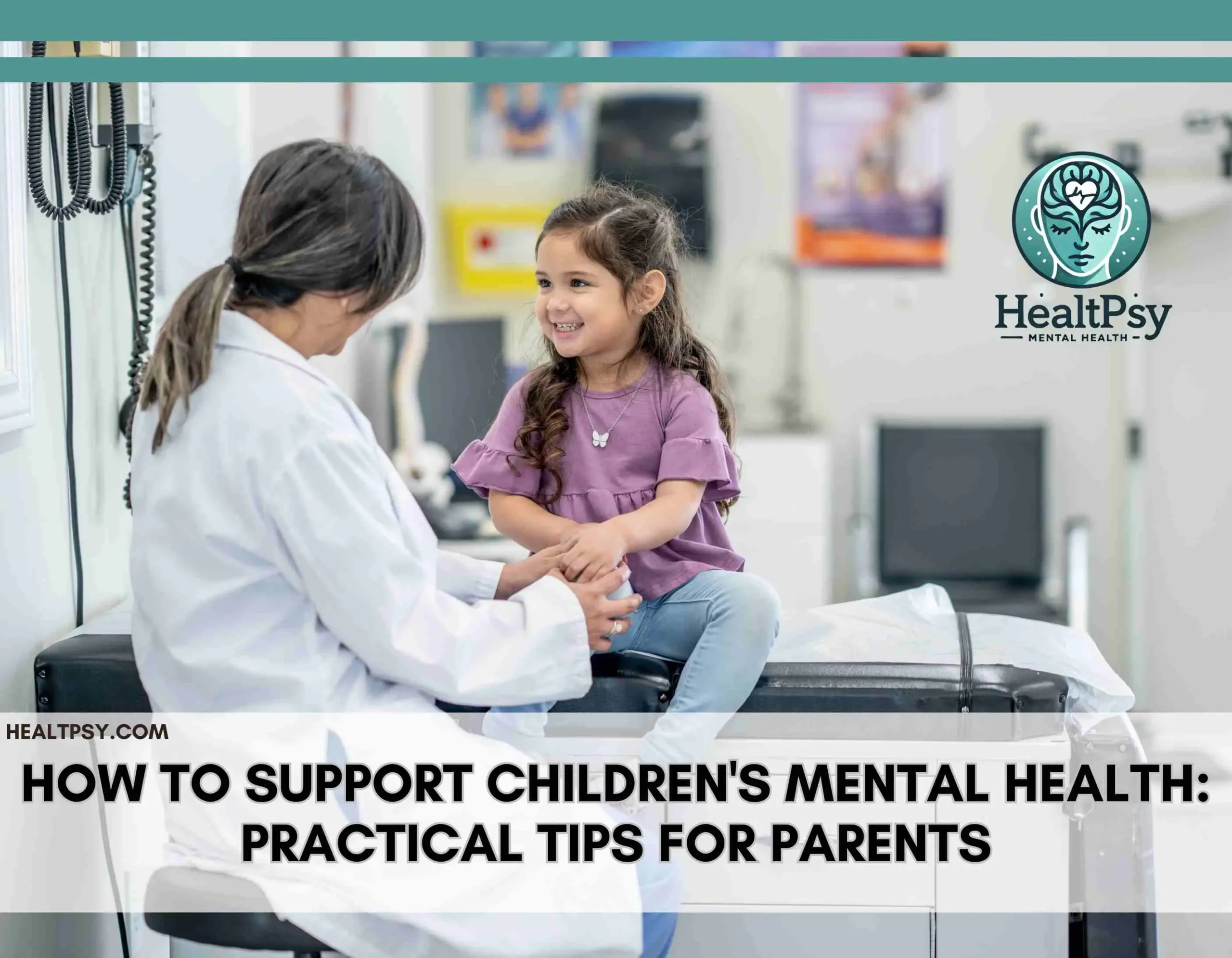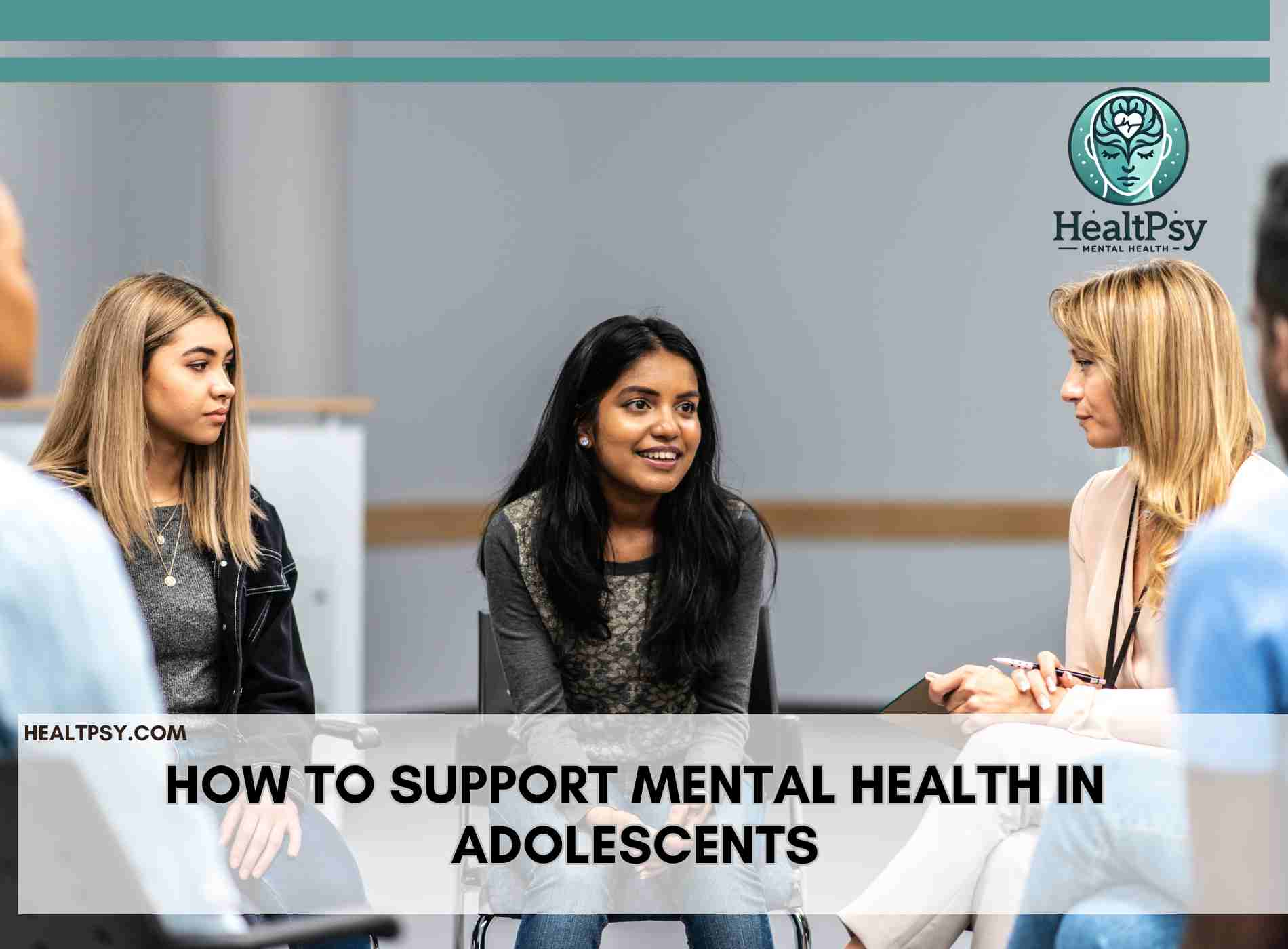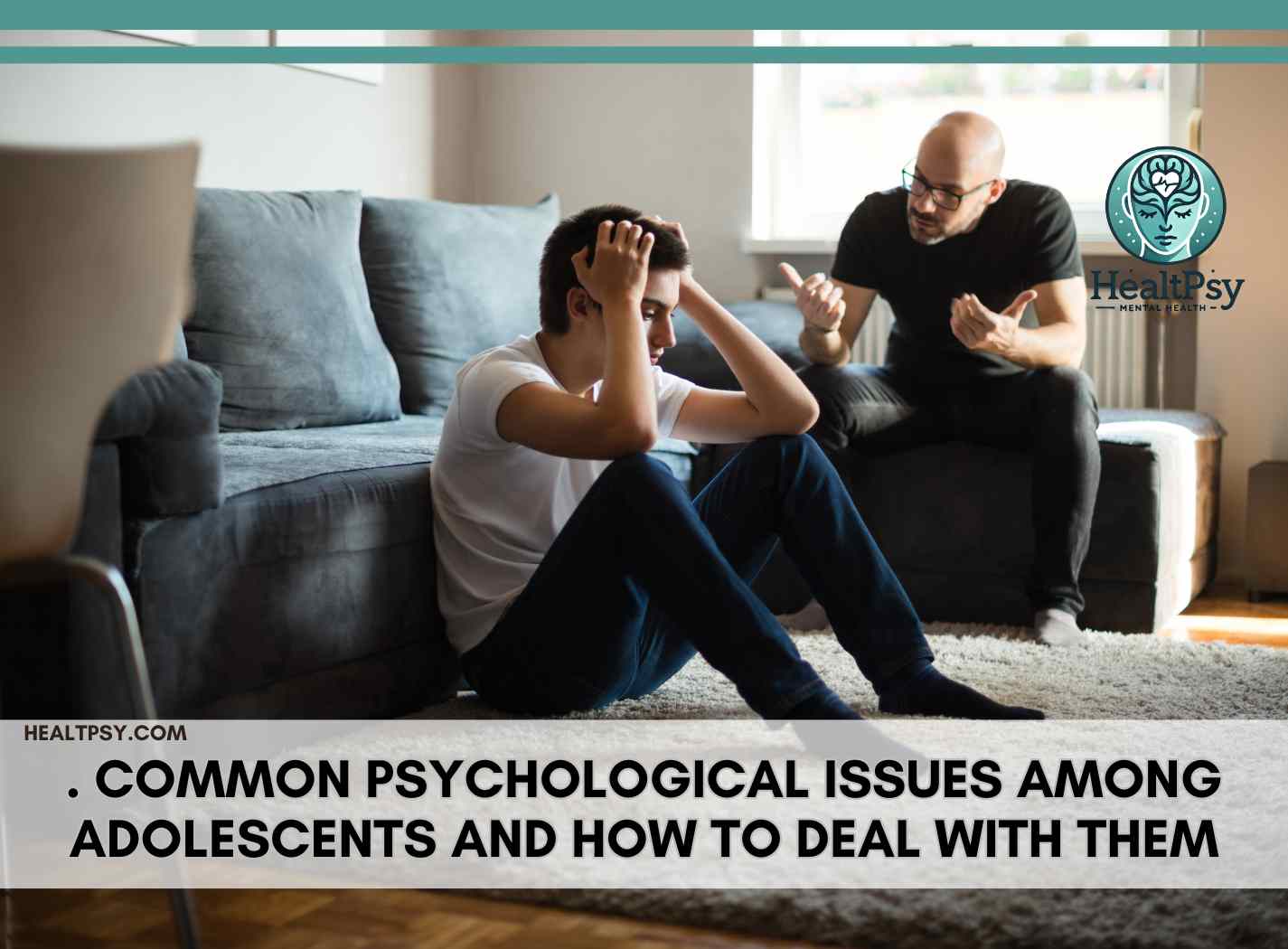10 Signs of Anxiety in Children and How to Identify Them
Introduction
Anxiety is a common emotional response in children, but it often goes unnoticed or misunderstood. As a parent, teacher, or caregiver, recognizing the early signs of anxiety can help provide timely support and prevent it from escalating into a more serious issue. This article explores how to identify anxiety in children, its causes, and the best ways to address it.
What is Anxiety in Children?
Anxiety in children is characterized by excessive worry, fear, or nervousness that interferes with their daily activities. While some level of anxiety is normal, persistent and intense anxiety may indicate an anxiety disorder. Understanding the difference between normal anxiety and an anxiety disorder is crucial for intervention.
10 Common Signs of Anxiety in Children
Recognizing anxiety in children requires attention to their emotions, behaviors, and physical symptoms. Here are some of the most common signs:
1. Excessive Worry
Constant fears about school, social interactions, or family matters.
2. Irritability
Easily frustrated or upset over small matters.
3. Fearfulness
Avoidance of certain places, people, or activities.
4. Low Self-Esteem
Frequent self-doubt and negative self-talk.
5. Avoidance Behaviors
Reluctance to go to school, meet new people, or try new activities.
6. Clinginess
Seeking constant reassurance from parents or caregivers.
7. Restlessness
Difficulty staying still or focusing on tasks.
8. Frequent Headaches or Stomachaches
Complaints of pain without any medical cause.
9. Difficulty Sleeping
Struggles with falling asleep or staying asleep due to racing thoughts.
10. Fatigue
Feeling tired or exhausted despite getting enough rest.
Causes of Anxiety in Children
Anxiety in children can stem from various factors, including:
- Genetics: A family history of anxiety disorders increases the risk.
- Environmental factors: Stress at home, school, or social settings.
- Parenting styles: Overprotective or highly critical parenting can contribute to anxiety.
- Trauma or stressful events: Loss of a loved one, bullying, or major life changes.
- Brain chemistry: Imbalances in neurotransmitters can affect mood regulation.
How to Differentiate Between Normal and Problematic Anxiety
It is essential to distinguish between normal childhood fears and anxiety that requires intervention. Some key indicators that anxiety may be problematic include:
- Interference with daily life: The child’s anxiety prevents them from engaging in regular activities.
- Persistent symptoms: Symptoms last for several weeks or months without improvement.
- Extreme reactions: Fear or worry is disproportionate to the situation.
- Withdrawal from social interactions: Avoidance of family, friends, or school.
When to Seek Professional Help
If a child’s anxiety significantly impacts their quality of life, it may be time to seek professional help. Some signs that professional intervention is necessary include:
- Intense panic attacks or phobias.
- Persistent physical complaints without a medical cause.
- Extreme avoidance behaviors.
- Signs of depression or self-harm.
A pediatrician, psychologist, or counselor can help diagnose and manage anxiety disorders in children. Learn more about the importance of psychological support in treating mental disorders here.
Strategies to Support an Anxious Child
Parents, teachers, and caregivers play a vital role in helping children manage anxiety. Here are some strategies:
1. Open Communication
Encourage children to talk about their fears and worries without judgment. Validate their feelings and reassure them that it is okay to feel anxious.
2. Teach Coping Skills
Help children develop coping strategies such as:
- Deep breathing exercises
- Progressive muscle relaxation
- Journaling their thoughts and emotions
- Practicing mindfulness techniques (learn more)
3. Establish Routines
A predictable routine can help reduce anxiety by providing a sense of security and stability.
4. Encourage Gradual Exposure
Gently exposing children to their fears in a controlled and supportive manner can help them build confidence and resilience.
5. Model Healthy Coping Mechanisms
Children learn by observing adults. Demonstrating calmness, problem-solving, and stress management techniques can positively influence their behavior.
6. Limit Exposure to Stressors
Reduce exposure to anxiety-provoking situations, such as excessive news consumption or high-pressure environments.
7. Provide Positive Reinforcement
Encourage and praise children for their efforts in managing anxiety rather than focusing on their fears.
🔗 Headspace – Guided Meditation and Mindfulness
Conclusion
Recognizing anxiety in children requires patience, awareness, and a supportive environment. By understanding the signs and providing effective strategies, caregivers can help children develop resilience and confidence in managing their fears. If anxiety becomes overwhelming, seeking professional guidance can ensure the child receives the necessary support to thrive.
you might also like





